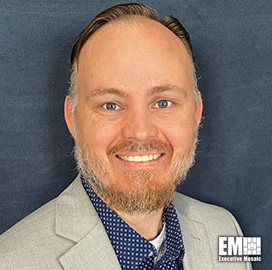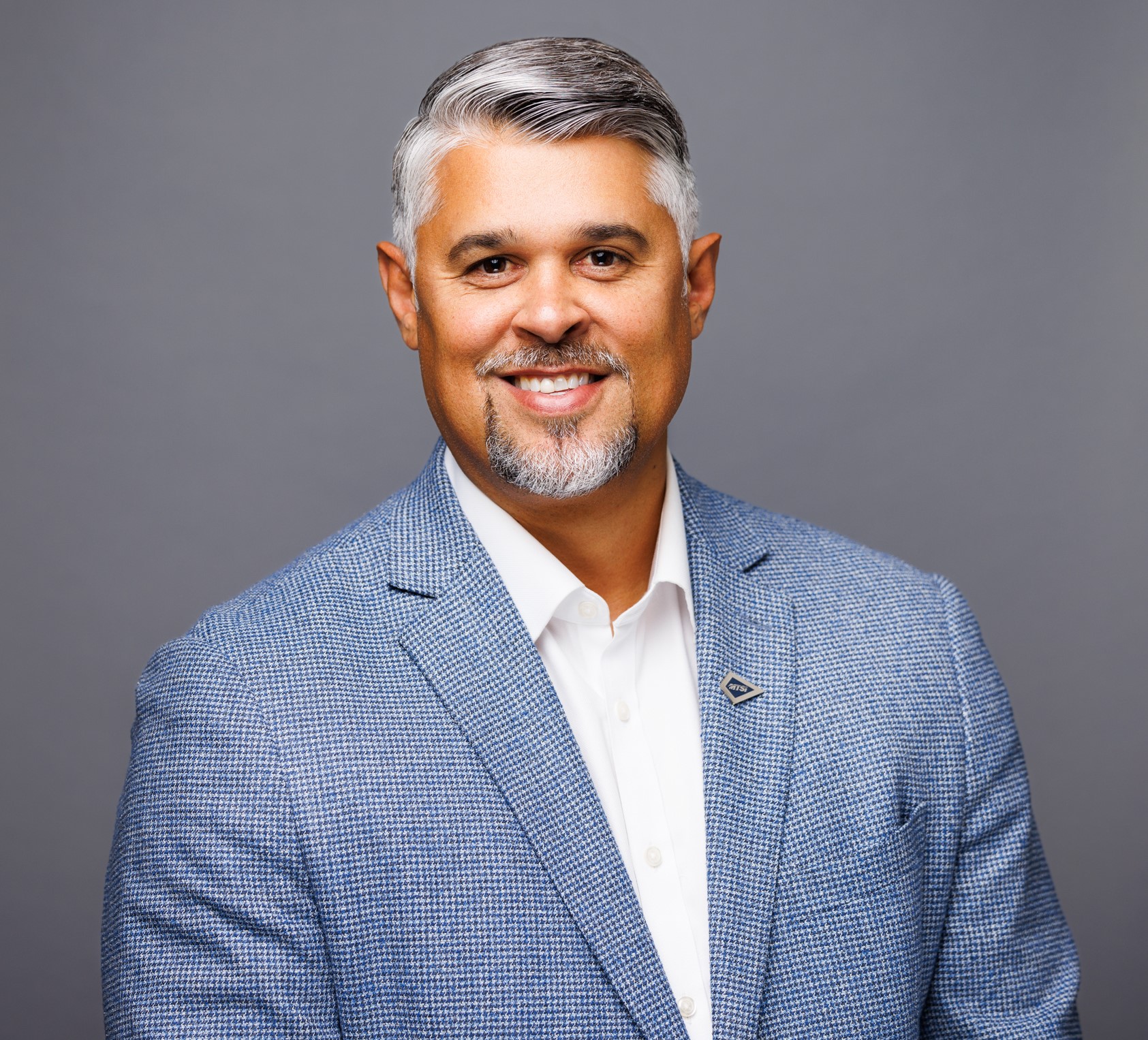
KC Wilberg,
Vice President,
Acuity
Executive Spotlight: KC Wilberg, Vice President of Acuity’s Intelligence Sector
KC Wilberg currently serves as vice president of Acuity’s intelligence arm, where he supports Intelligence Community customers in their efforts to embrace an agile mindset while maintaining security and confidentiality in their work. He took on the role in August, bringing over two decades of experience to Acuity.
Wilberg recently spoke with the Potomac Officers Club in an Executive Spotlight interview, during which he revealed his core values, discussed the changes he would make within the federal contracting landscape and shared his leadership philosophy.
Read the full interview below:
How would you describe your management style and core values towards building a winning culture?
I’m a growth-oriented, passionate and dedicated servant leader who focuses on building cohesive, mission-ready teams while elevating individual potential to achieve maximum impact. In the government services industry, our greatest asset is our people, who are sustained and fostered by our culture. Therefore, developing systems that allow companies to serve and support their teams helps ensure our clients get the most value from every contract, and of course, being mission-ready means our people also need to be future-facing, contextually aware and technologically advanced.
Technology is only as good as it is useful and deployed. If project teams and users are not proactively trained and clearly skilled in both supporting and implementing new technology, they can’t maintain, evolve, or take advantage of new opportunities. But when they are, amazing things happen.
When our people are performing at their best, are supported by one another and are equipped with the tools that extend their impact exponentially, government customers get the outcomes to achieve the mission.
If you were given free rein to enact changes in the federal landscape, what are the first three changes you would implement and why?
After 20 years in the federal space, mostly within the Department of Defense and IC, there are three changes I’ve found to be necessary.
First, I’d address the persistent imbalance between supply and demand around highly cleared talent. The government contracting industry is undergoing a significant market shift where the demand for cleared development resources is continuously increasing but the supply is dramatically decreasing. Unfortunately, COVID-19 has driven many resources out of the IC workforce. Those who no longer wish to work in the confines of a sensitive, compartmented information facility have found jobs where they can work from home or have moved to the commercial sector. Furthermore, the barriers to entry to obtain clearance remain high. It can take up to three years to get talent cleared at the highest levels, and there is only a small pool of talent that qualifies and wants to go through the rigorous requirements to obtain a clearance to begin with.
In a world of ever-evolving complexity, increasing threats and shrinking or stagnant budgets, agencies are being asked to do more without the support of a commensurate increase in budget. As a result, this dearth of project-ready talent is beginning to have an increasing negative impact on the mission while simultaneously driving up labor costs.
To address these issues, I’d look for ways to clear more resources faster, perhaps with a more graduated access system. Security needs will always be paramount, but from what I’ve seen, the market factors are requiring that we innovate to meet the moment.
Second, and this one is closely related to the first, I’d work to expand use of “low-to-high” software development activities to help address the current talent shortage. I would love to see us find ways to successfully deliver the same capability outcomes with a broader talent pool. A low-to-high model would give agencies greater access to a stronger bench of talent for rapidly developing solutions and capabilities at a lower cost. The combination of low-to-high and agile-based development practices could enable the delivery of more capability in six weeks than could be achieved in six months when the labor pool is restricted and critical resources are tied up in identifying, onboarding and clearing talent at the highest clearance levels.
Additionally, low-to-high mitigates external risks – such as the pandemic fallout, an extended clearance investigation process and an already-shrinking labor pool of highly cleared talent – and realigns resourcing to focus on finding best-fit solutions for mission focused results.
As more people retire, shift industries, or seek work-from-home jobs, I believe offering a low-to-high capability could help the IC continue its advancement and maintain its global leadership posture.
Third, I’d work to streamline the acquisition process. Leaning on my 20 years looking at this from the industry service provider perspective, the acquisitions process causes significant issues for many agencies – we all know it can be onerous and time consuming on both sides.
Frequent delays during the standard procurement cycle negatively impacts industry’s ability to schedule, plan, prepare, pursue and deliver high quality responses to Government RFPs. This in turn negatively impacts the Government by driving increased pursuit costs which are ultimately passed back to the Government through our rates and/or potential loss or degradation of qualified proposals.
I believe more consistency in procurement schedules would enable greater quality bidder response and provide more predictable costs on planned projects, helping the government do more, faster and for less.
What do you believe are your core strengths as a leader and what lessons taught you the most about driving success?
I’ll answer this one with a story, but in short, my strengths are drive, dedication, perseverance, attention to detail, hard work and a fundamental desire for all those around me to excel and succeed.
Early in my career, I was given an aggressive growth target over a defined period. Knowing it was going to be excessively difficult to achieve, my boss at the time bet his hair if we could achieve the goal. I’ve never been one to back down from a challenge, so I rallied my team, and we collectively developed a plan and set milestones to achieve the goal.
To ensure we never lost sight of the objective, I sought motivation. I mocked up a picture of my boss with a shaved head and posted it in the team bullpen along with a stack of papers nailed to the wall, each with a number growing closer to the goal.
At the end of each day, as the team achieved that next goal, they were able to tear off a sheet. The growing excitement of the team each day as they tore off a new sheet was intoxicating and drove everyone to push themselves harder to achieve that next milestone.
By the end of the defined period, our team was successful, and in a public forum with the president of our company, we were able to shave my manager’s head. I keep a picture of that moment framed in my office as a reminder that with motivation, commitment and a strong team aligned around a clear goal there is nothing that can’t be achieved.

Category: Member News




